GPT-4 vs GPT-3.5: What are the Differences Between New and Old ChatGPT?

The new version of ChatGPT, GPT-4, was introduced last week. With the advent of the GPT-4, advances in artificial intelligence went even deeper. So what are the differences between new and old?
OpenAI’s auto-generating tool, ChatGPT, took the tech world by storm in late 2022 (as Dall-E rendering AI did earlier that year). The firm upgraded the language model at the heart of ChatGPT to version GPT-4 on March 14. So what are the main differences between GPT-4 and GPT-3.5 and how is GPT-4 used?
Unfortunately, the GPT-4 did not come with some great features that it was said to have. However, GPT-4 was released in a much more advanced, complete and effective form than GPT-3.5 or earlier versions.
How Can I Try GPT-4?
ChatGPT was the service that reached 100 million users in the shortest time among all the services published so far. Due to this high traffic, OpenAI servers have been plagued with serious slowdowns and unresponsiveness. OpenAI has released a paid version called ChatGPT Plus to solve this problem, cover server costs and accelerate development.
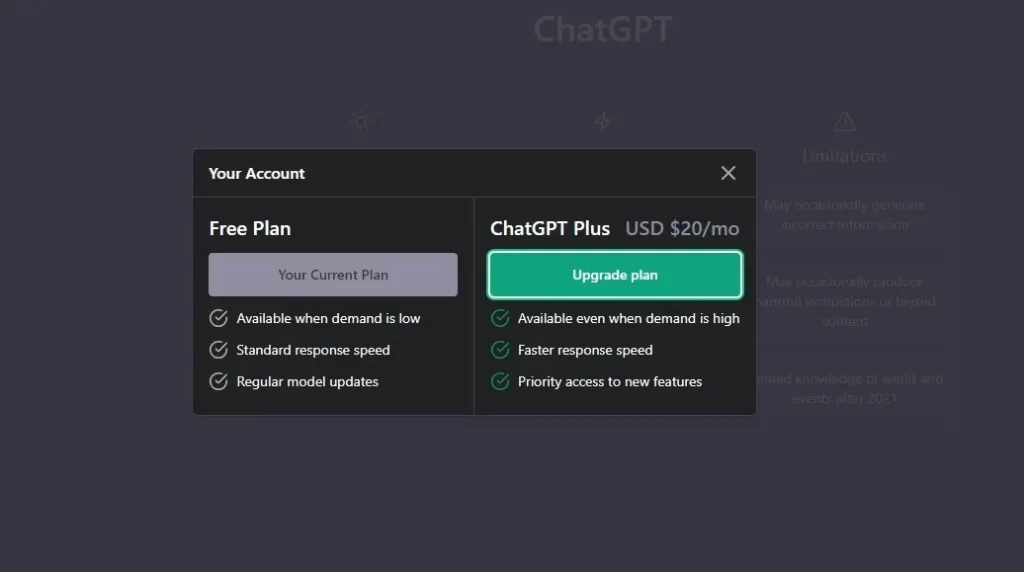
With ChatGPT Plus, the company offered advantages such as uninterrupted use, fast response and early access to new features, even at peak times. ChatGPT Plus offers a monthly subscription for $20. Currently, GPT-4 is only available on this paid plan. The free version has GPT-3.5. But ChatGPT Plus isn’t the only way to access GPT-4. Microsoft’s new Bing search engine has been running a customized version of GPT-4 for quite some time already. To access it, you can sign up for the New Bing preview using the Microsoft Edge browser. There is no longer a waiting list for this preview recording and any updates to ChatGPT-4 will also come to the search engine. You can access other services using GPT-4 from the link below.
Get ChatGPT Plus for GPT-4?
The statistics provided by OpenAI are quite impressive. For example, GPT-4 can pass exams such as LSAT, SAT, Uniform Bar Exam and GRE with higher scores. The company also says that, compared to the GPT-3.5, the GPT-4 is 82 percent less likely to respond to technically disallowed requests, and 60 percent less likely to fabricate what’s called “hallucination” in artificial intelligence terms. As a result, 20 dollars makes 380 TL in Turkey and it is your choice to try. If you intend to use it for business, I must say it’s worth a try.
5 Key Differences Between GPT-4 and GPT-3.5
- Creativity
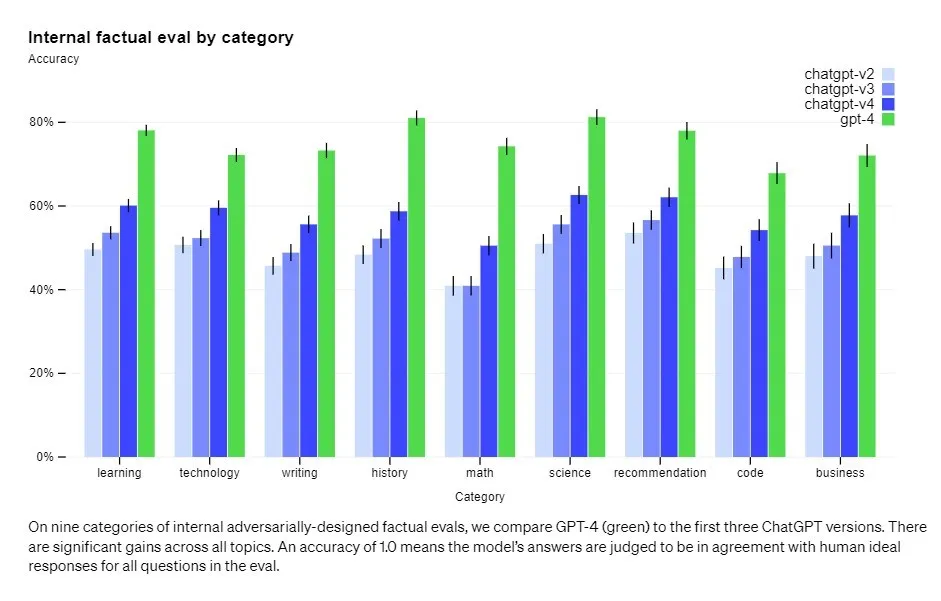
One of the most obvious advantages of the GPT-4 model over the GPT-3.5 is that it can respond more creatively to requests. GPT-3.5 is already very successful at this and that is why it is so popular. On the other hand, the bar is set even higher with the GPT-3.5. While the differences in solutions based on basic questions are small, the difference in creativity between the two models becomes evident in complex or challenging tasks.
- Visual Support

While GPT-3.5 only accepts text prompts, GPT-4 is multimodal and accepts both text and visual inputs. What we call visual input can be anything. It can be presented as a photo of a handwriting, a picture, a funny Internet meme, or any other visual input you can think of. However, the model cannot respond to a visual, even though it accepts visual input.
- Reliability
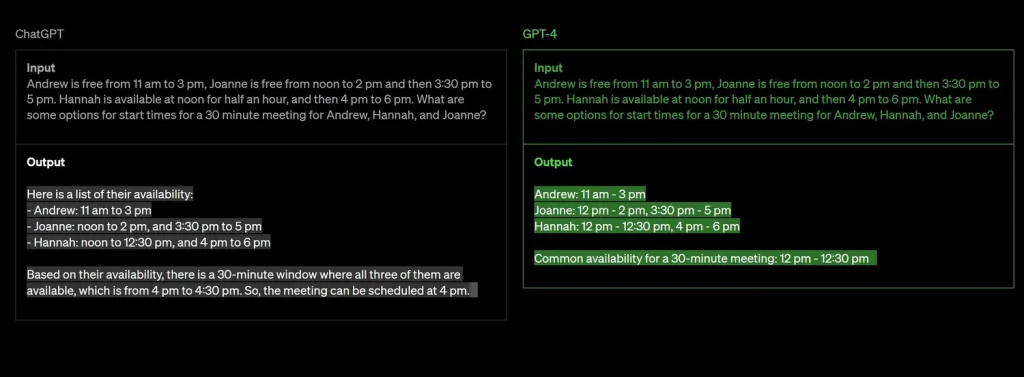
GPT-4 is definitely not 100 percent secure or reliable. He can still make mistakes, he can still defend something wrong as if it were right. However, it does these less than GPT-3.5. Moreover, OpenAI has also increased the memory capacity of GPT-4. GPT-3.5 was more prone to generating misinformation and toxic answers after 8,000 words, but this was increased to 64,000 words in GPT-4. OpenAI states that it worked with 50 experts on AI security and reliability when developing GPT-4, and also used GPT-3.5’s training data to enhance the security of the results provided by GPT-4.
- Accuracy
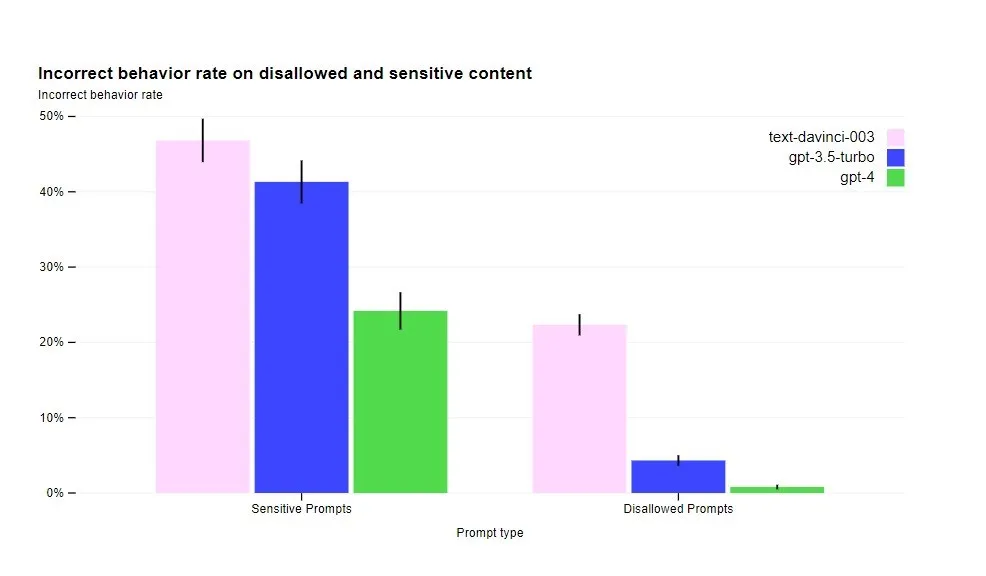
The biggest flaw of the GPT-3.5 is that it confidently generates nonsense and inaccurate information and defends it with incredible self-confidence. This is called “AI hallucination” in the artificial intelligence literature. Hallucination is still a problem in the GPT-4, but according to technical reports, the new model is less likely to hallucinate compared to the GPT-3.5 model. This is evident not only on paper, but also in real use.
- Orientability and Context
All the above articles actually support this main topic. For example, you are in an argument that lasts for hours with a person and you constantly approach each other with different arguments. It is one of the biggest differences of people to be able to continue this heated discussion for a long time without leaving the context. When you wanted to have a long conversation about a topic with GPT-3.5, it was possible to break out of context when the word capacity was exceeded. When this happened, it was not possible to return the model to the main subject.
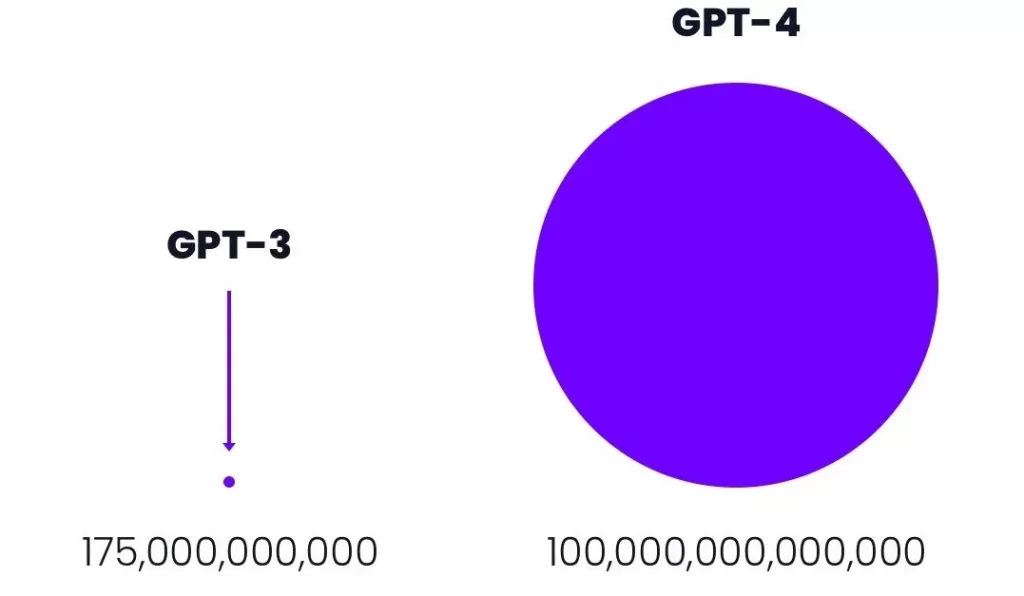
Since the amount of memory increased 8 times with GPT-4, long conversations on the same subject are possible. In practical terms, this means that the GPT-4 can remember the content of a conversation and the instructions given during the conversation longer. If you’ve ever asked GPT-3.5, the free ChatGPT, to summarize a scientific text, you may have noticed that it mostly does it item by item or by dividing the main text into parts. GPT-4 turns it into a true summary without breaking the context of the raw text, while linking it to your previous instructions and presenting it to you, if any. This, in my opinion, is of greater importance than any other difference.
“Non-profit”
The reasons behind such an evolution of GPT-4 are more mysterious than ever before. MIT Technology Review published a full summary of the GPT-4, noting that while the model is “bigger and better,” no one can say exactly why.
This may be because OpenAI is no longer a for-profit research firm but a for-profit technology firm. The number of parameters used in training GPT-4 was not disclosed by OpenAI. AX Semantics estimates the number of parameters to be 100 trillion or more.






